SGGP
Iran has increased its exports to Russia amid political isolation from the West, according to Iran's ISNA news agency.
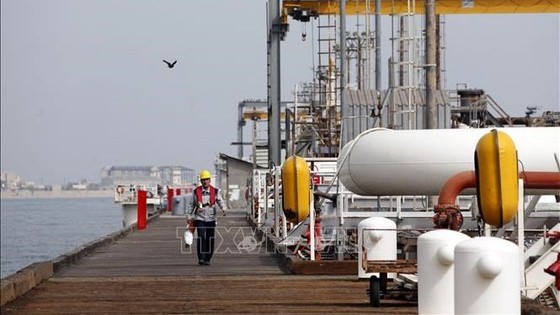 |
| An Iranian oil refinery on Khark Island, off the Gulf. Photo: AFP/VNA |
Iran's exports in the past year (up to the end of March 2023) increased by 30% compared to the same period in 2022; the transaction volume was about 744 million USD. Russia is the 10th largest import customer for Iranian products.
Russia and Iran are increasingly entwined, from military cooperation to geopolitical alignment. The Ukraine conflict has seen exponential growth in trade and investment between the two Eurasian nations. Moscow hopes to reach $40 billion in bilateral trade in the coming years. This comes amid seemingly successful connections between Iran’s national financial messaging service SEPAM and the Bank of Russia’s financial messaging system (SPFS), meaning both countries can bypass the international banking network SWIFT, from which Russia is excluded by the West.
In previous years, up to 80% of Russian-Iranian export trade consisted of agricultural and food products. However, in recent months, Iran has increased its exports of industrial goods to Russia by 30% (polystyrene, pumps, auto parts, machine tools for metalworking and similar products), and as a result, these deliveries have exceeded Russian exports to Iran for the first time.
A key factor in expanding bilateral trade between Russia and Iran is the development of cargo transportation through the Caspian Sea. This route is the middle arm of the International North-South Transport Corridor (INSTC), which in an ideal scenario would connect Russian ports with the Persian Gulf and Indian ports. INSTC is important for Iran because it opens up export markets for the country not only to Russia but also to Turkey and the Middle East. Notably, the new détente between Iran and Saudi Arabia has also helped boost INSTC. INSTC also links Iran to Indian and Southeast Asian markets and is expected to be fully operational by the end of 2023.
The Russia-Iran convergence is increasingly strategic, fueled by the ongoing conflict in Ukraine, US-China tensions, Russia-West confrontation and is expected to grow closer.
Source


![[Photo] General Secretary To Lam receives President of the Republic of Burundi Évariste Ndayishimiye](https://vstatic.vietnam.vn/vietnam/resource/IMAGE/2025/4/4/d6df4662ecde41ef9bf55f1648343454)

![[Photo] Workshop "Future for the Rising Generation" continues the profound value and strong message from the article of General Secretary To Lam](https://vstatic.vietnam.vn/vietnam/resource/IMAGE/2025/4/4/ec974c5d9e8e44f2b01384038e183115)
![[Photo] Dong Nai people warmly welcome the forces participating in the parade](https://vstatic.vietnam.vn/vietnam/resource/IMAGE/2025/4/5/ebec3a1598954e308282dcee7d38bda2)
![[Photo] Parade rehearsal on the training ground in preparation for the April 30 celebration in Ho Chi Minh City](https://vstatic.vietnam.vn/vietnam/resource/IMAGE/2025/4/4/e5645ddf85f647e6a25164d11de71592)
![[Photo] Prime Minister Pham Minh Chinh meets with President of the Republic of Burundi Evariste Ndayishimiye](https://vstatic.vietnam.vn/vietnam/resource/IMAGE/2025/4/4/979010f4c7634f6a82b8e01821170586)
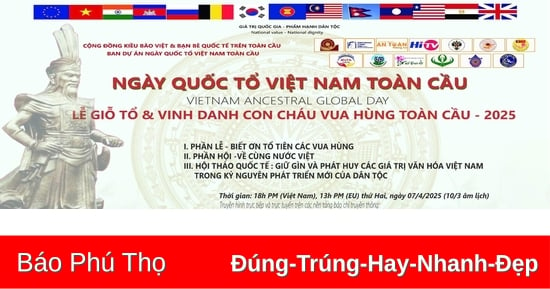

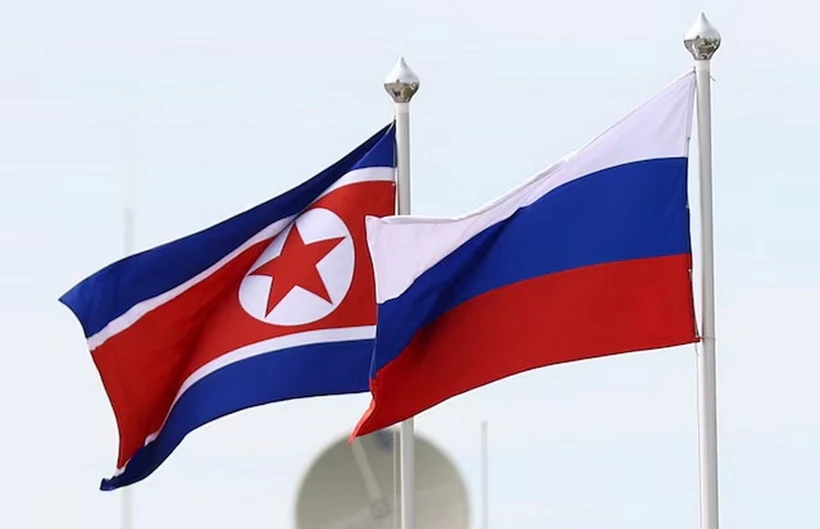

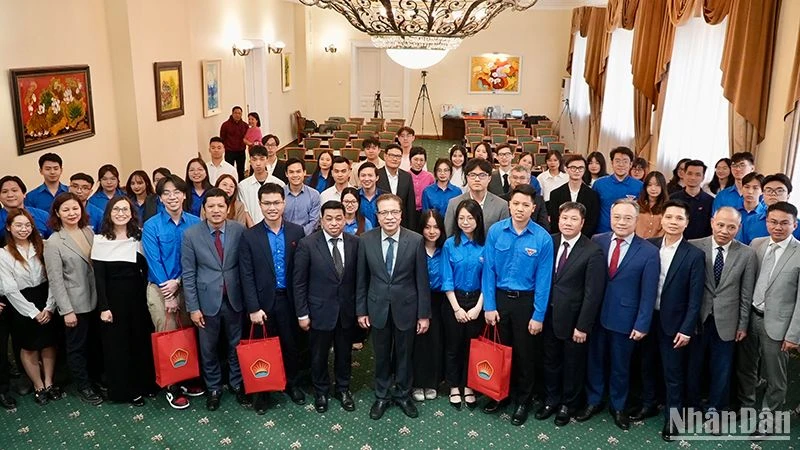

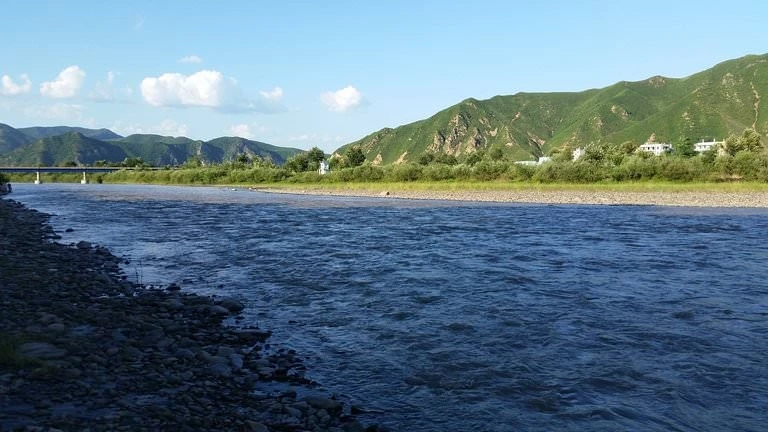
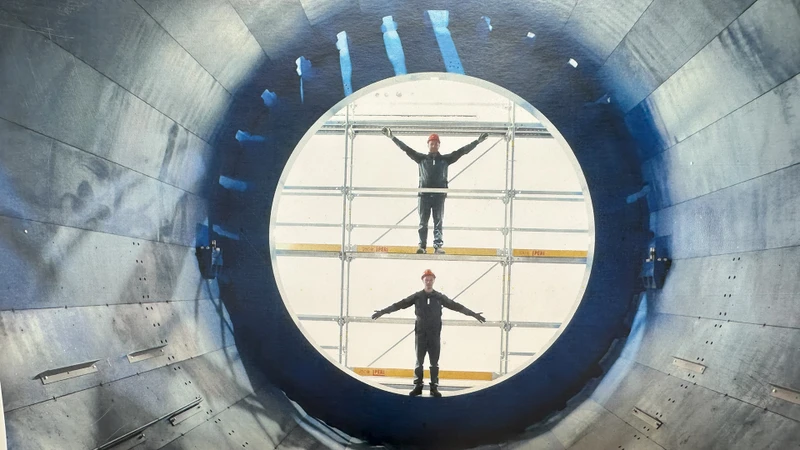
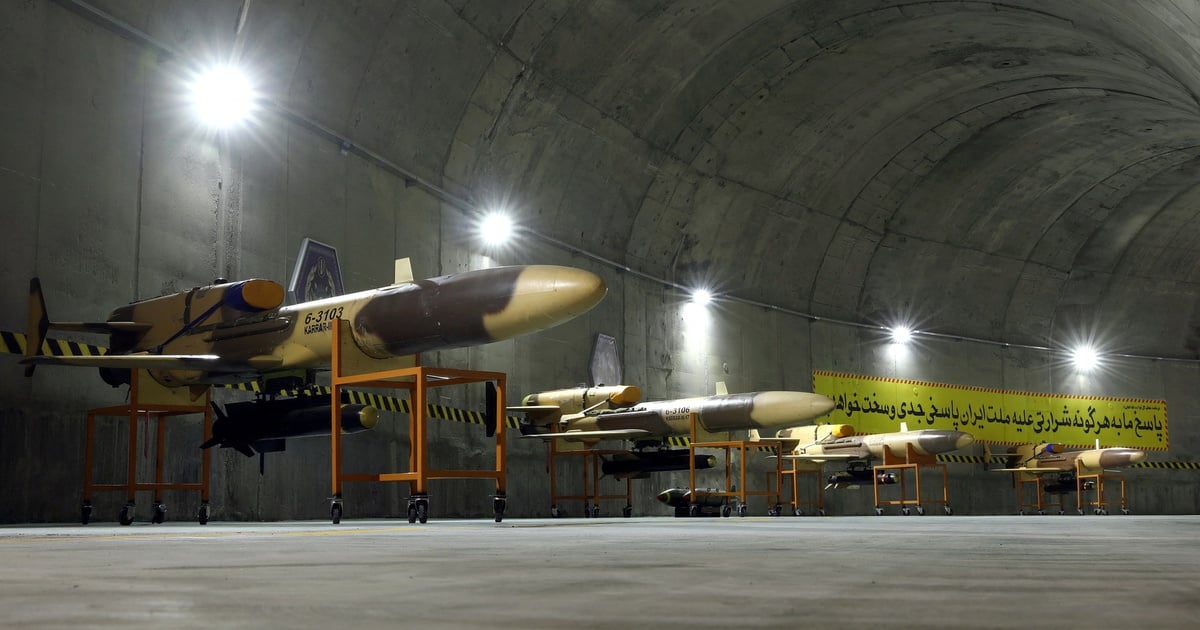

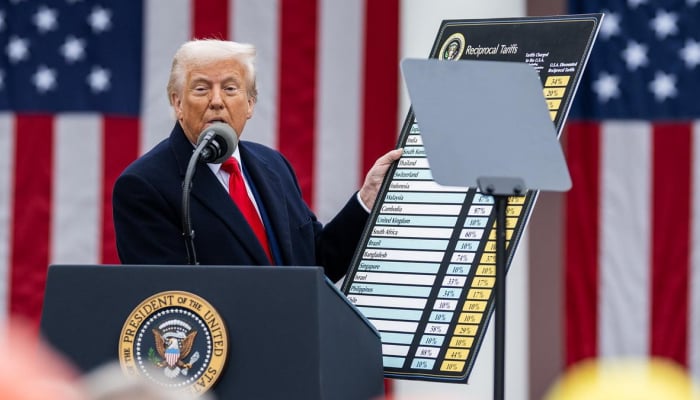


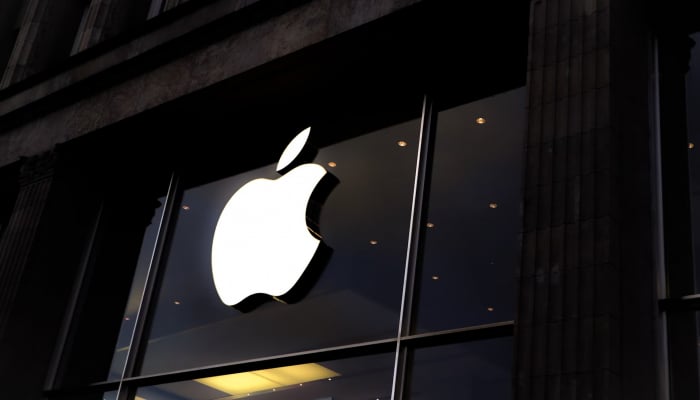

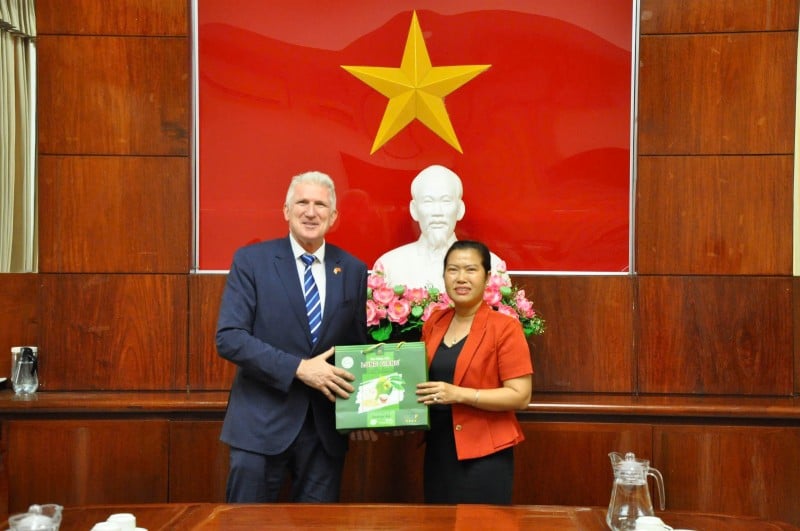



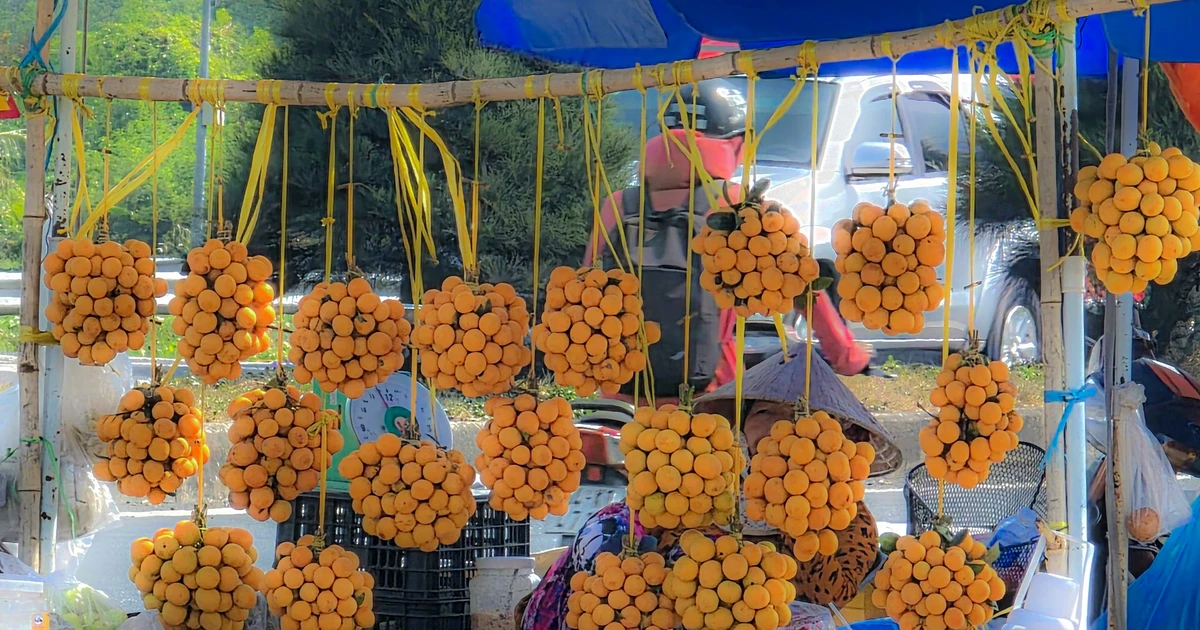

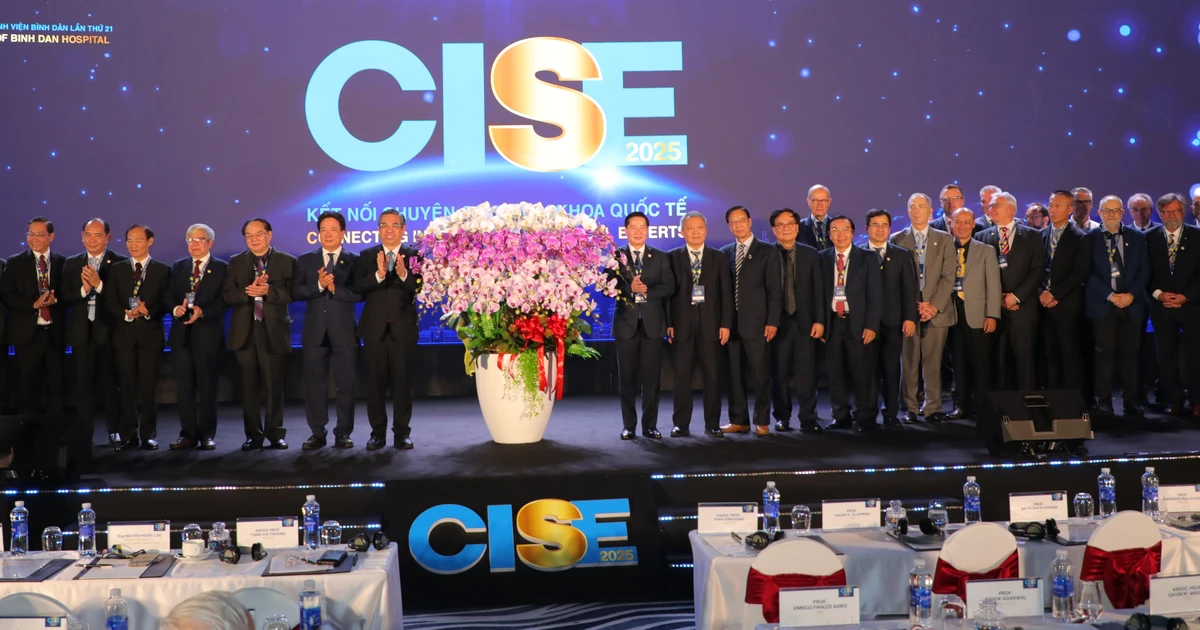




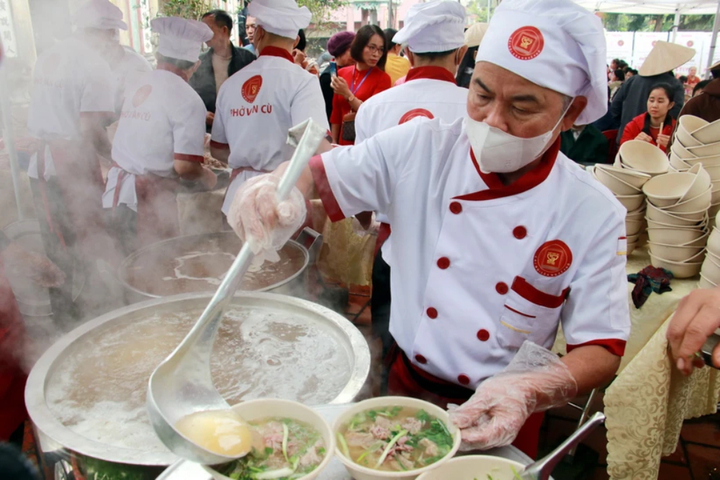

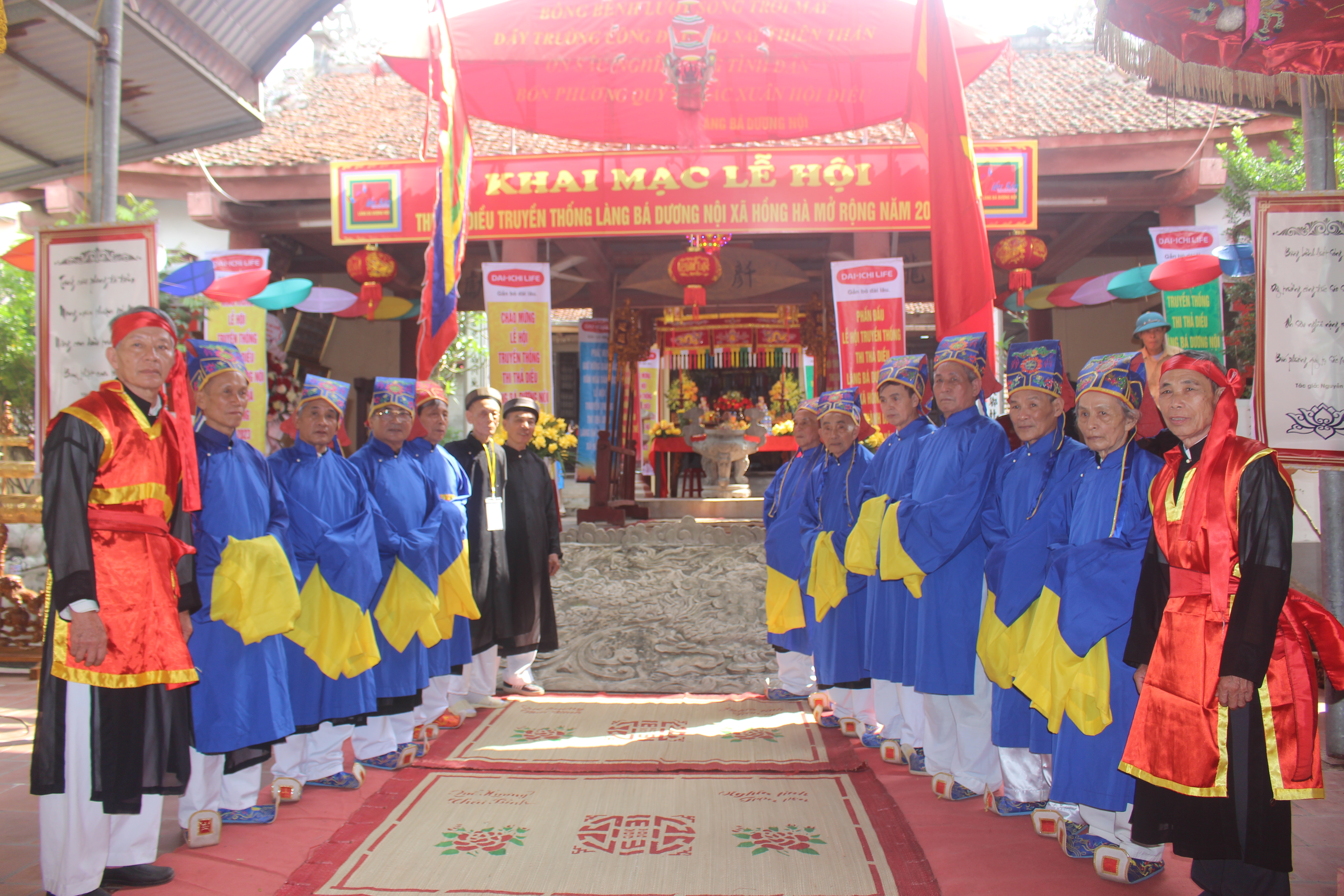





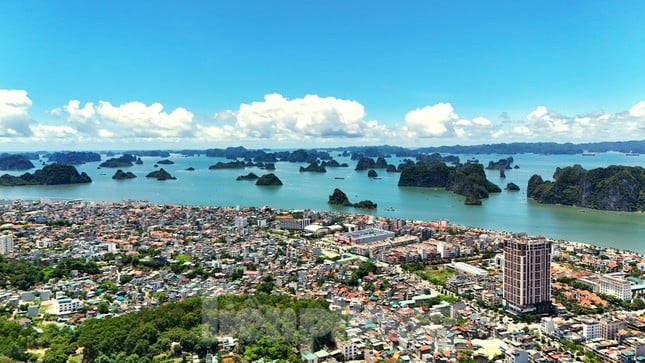







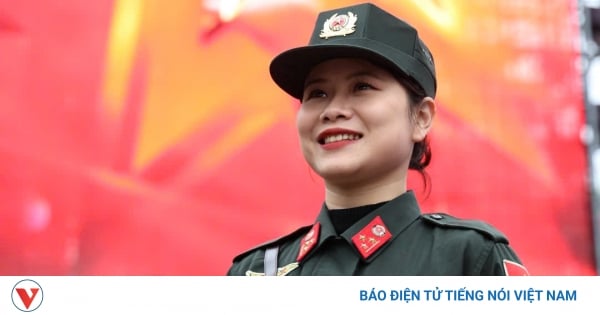




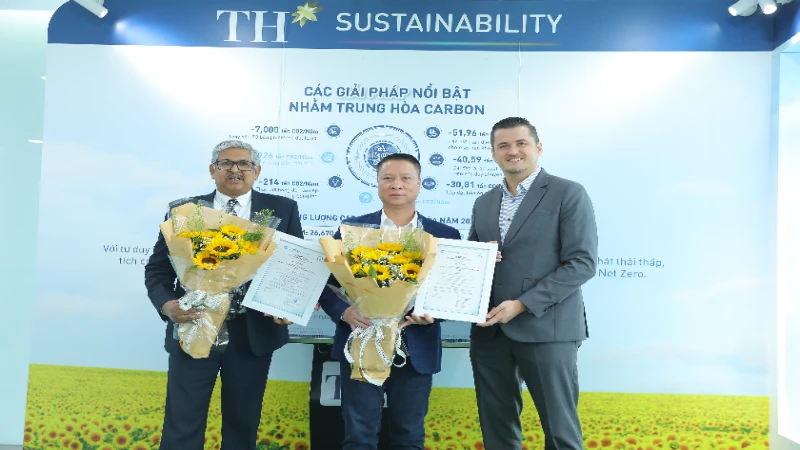
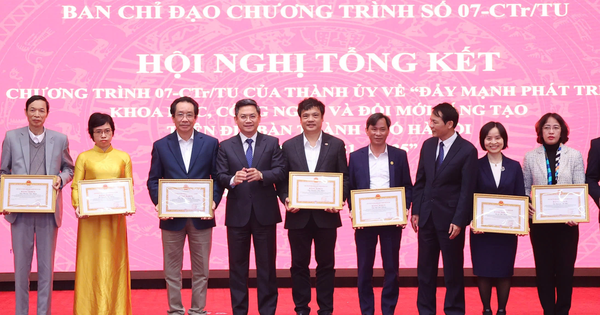


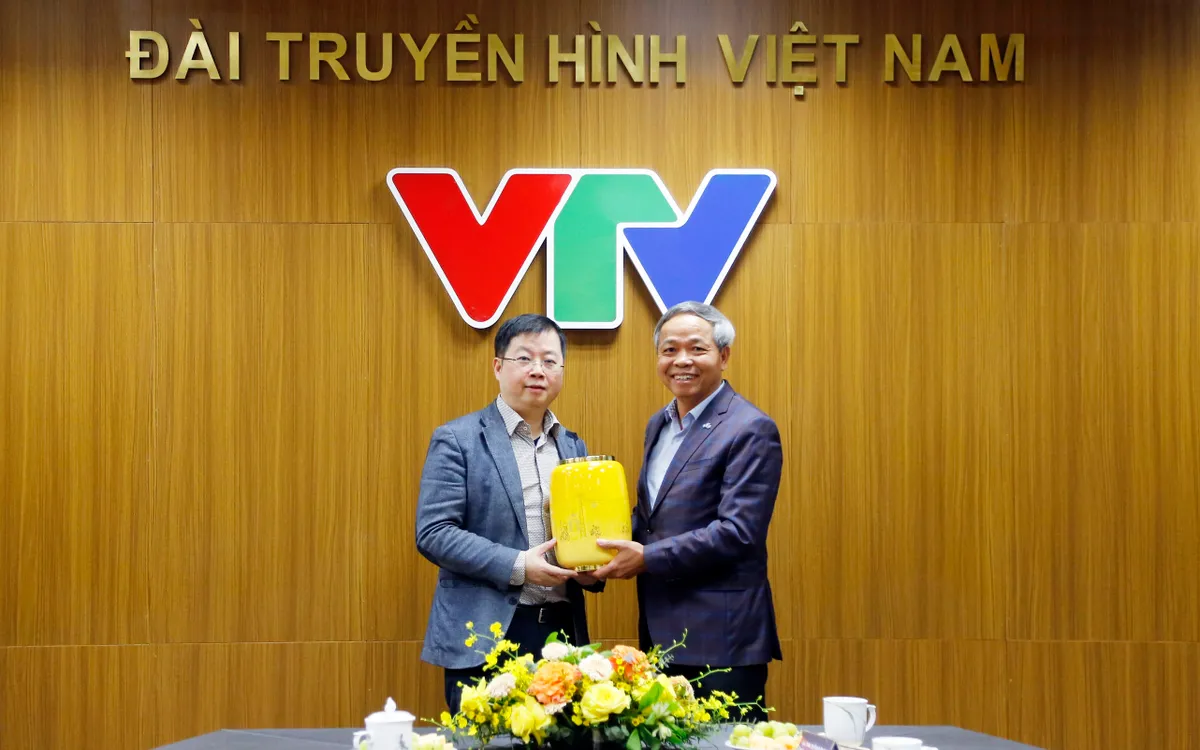

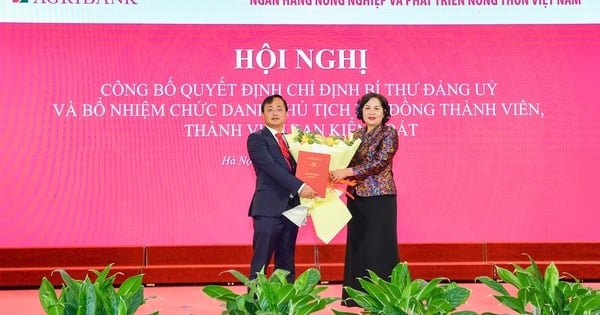




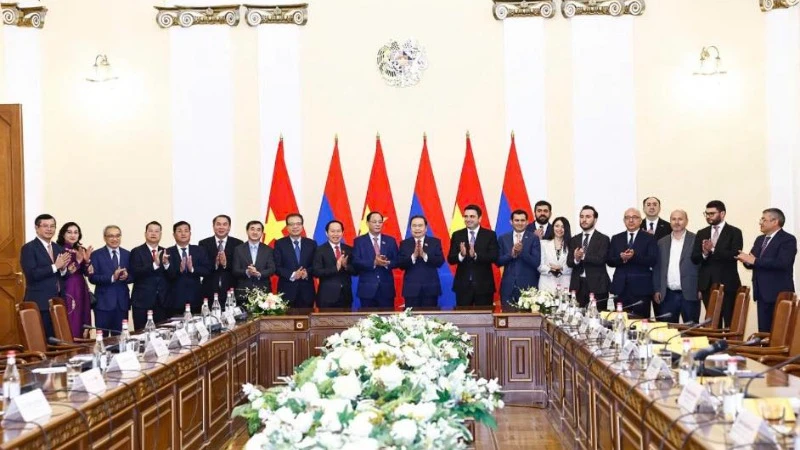
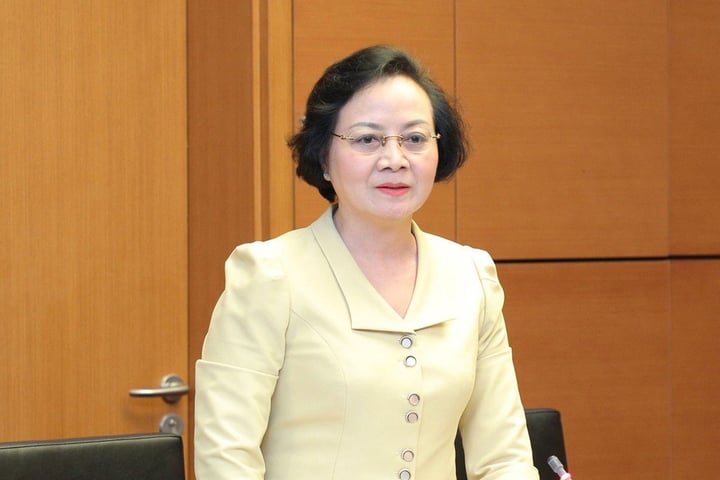

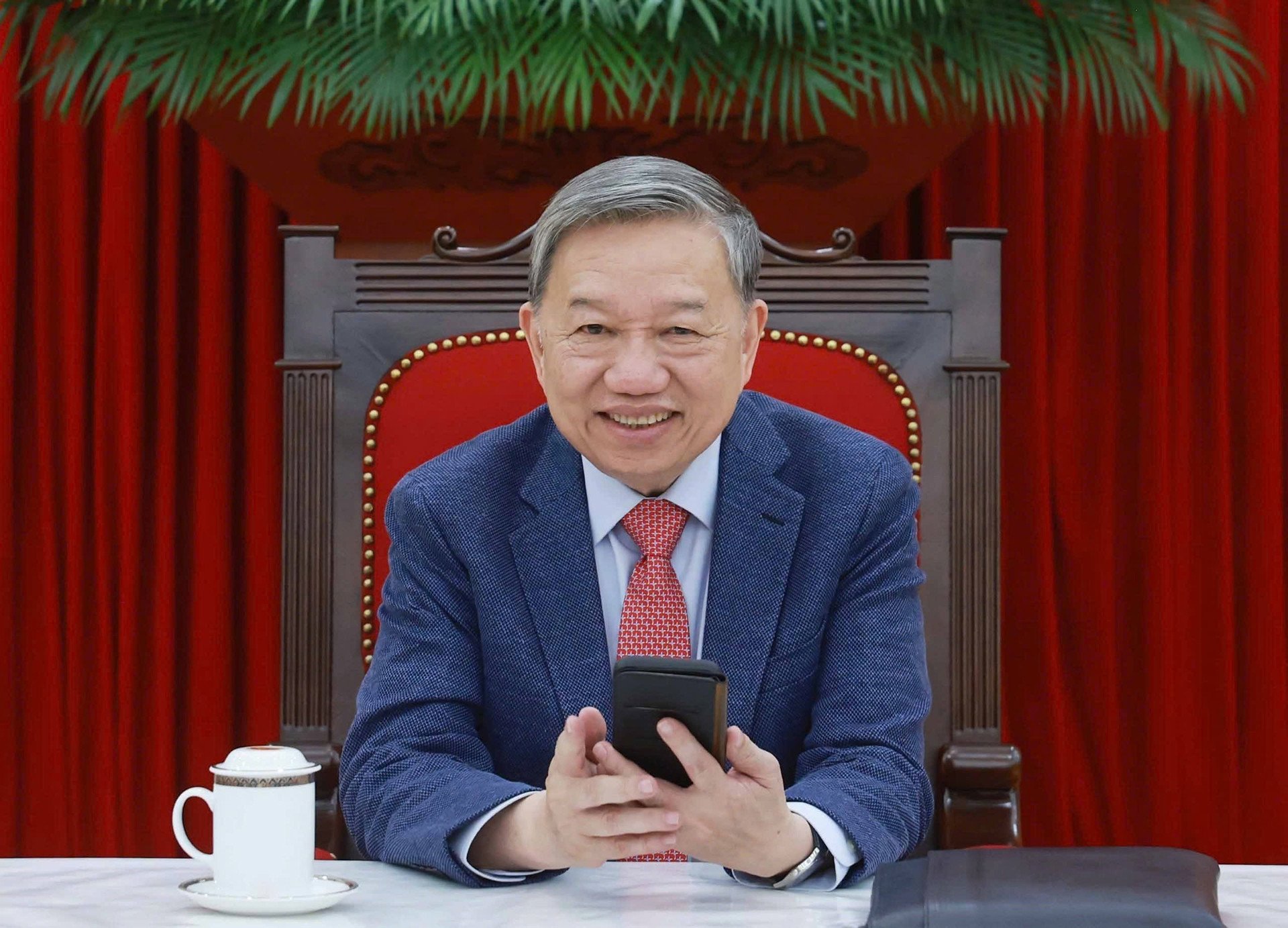
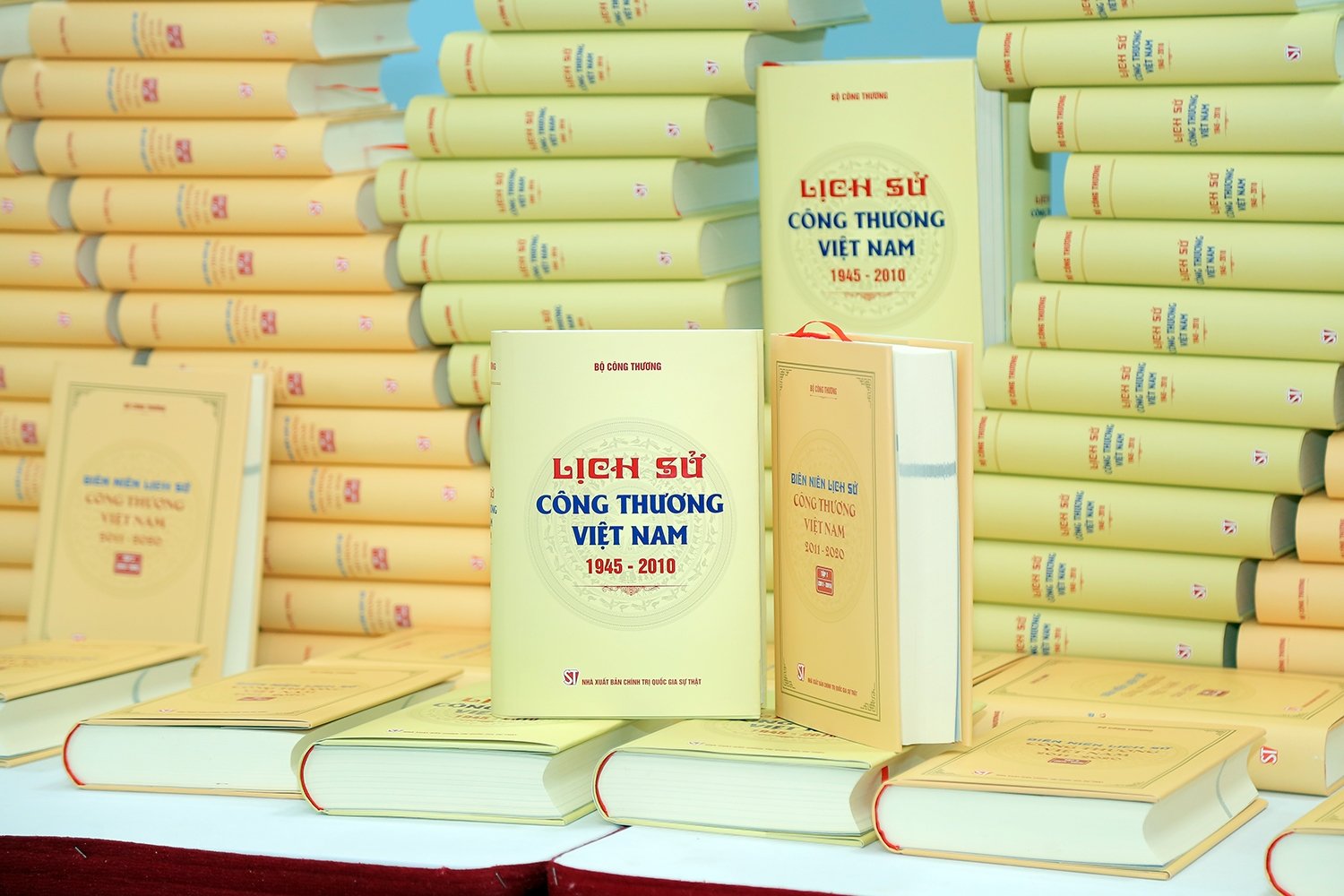

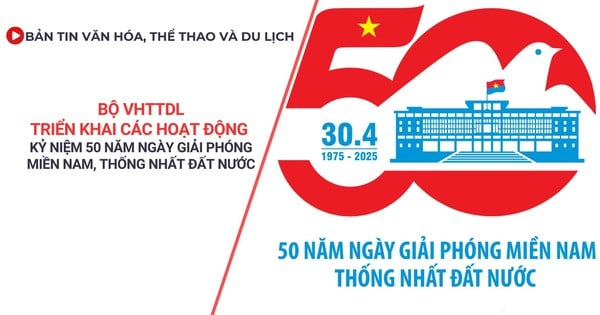


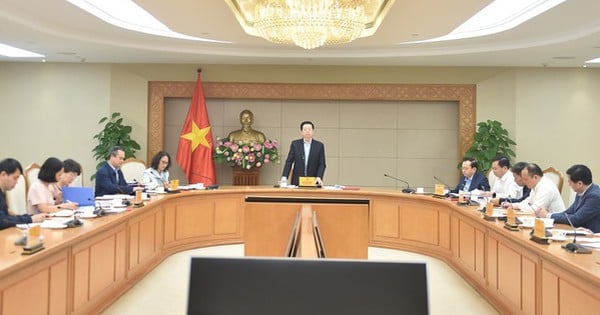



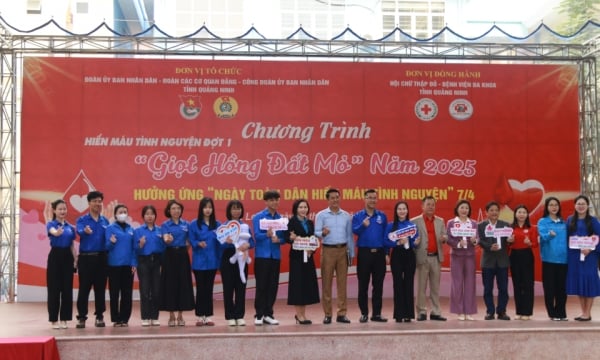



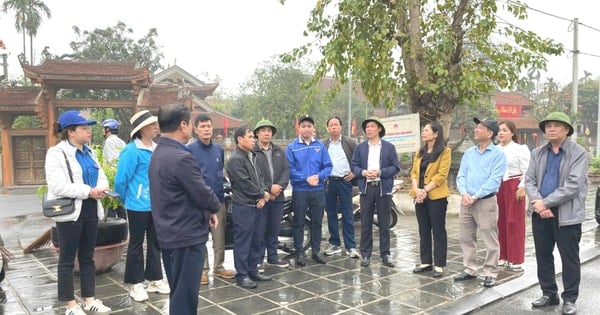

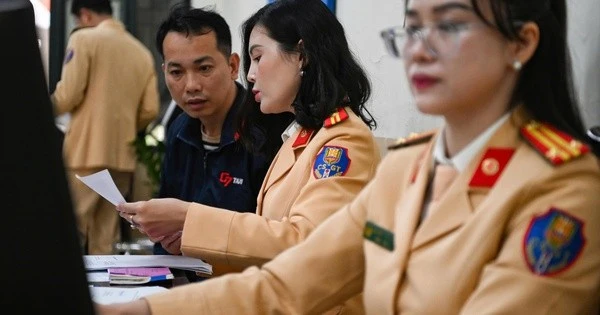




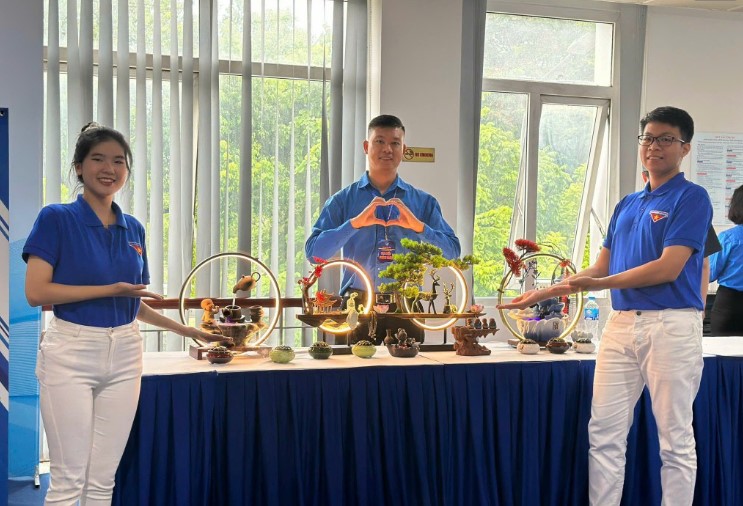
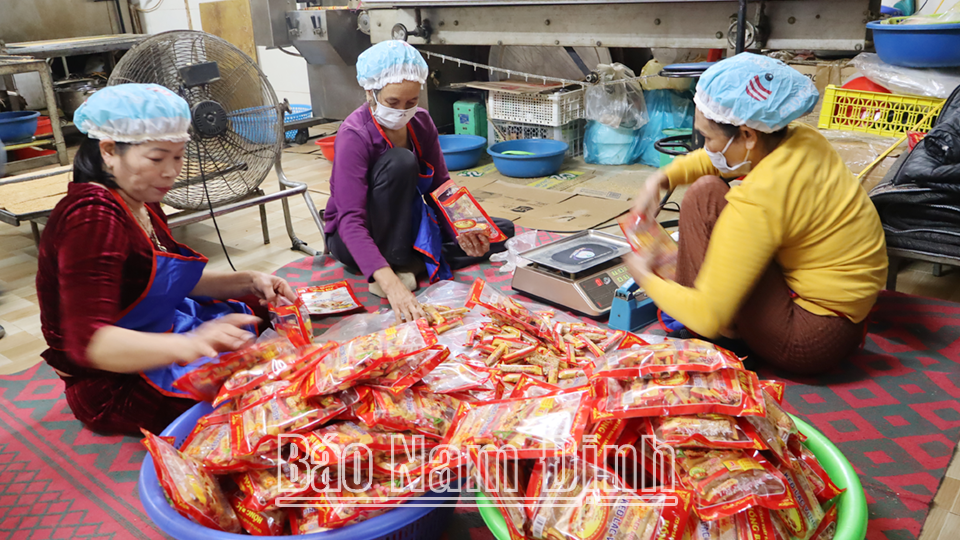

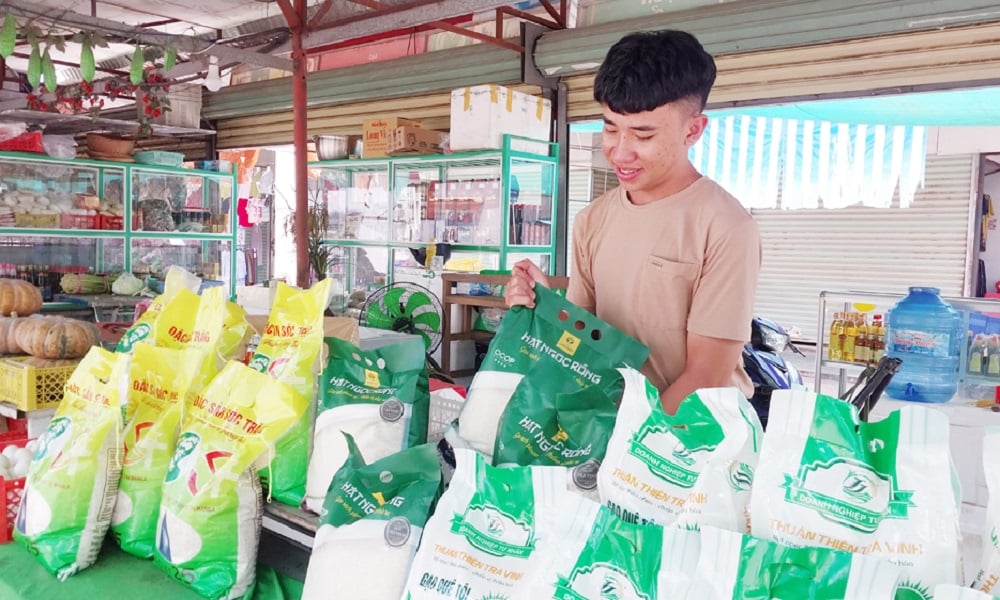
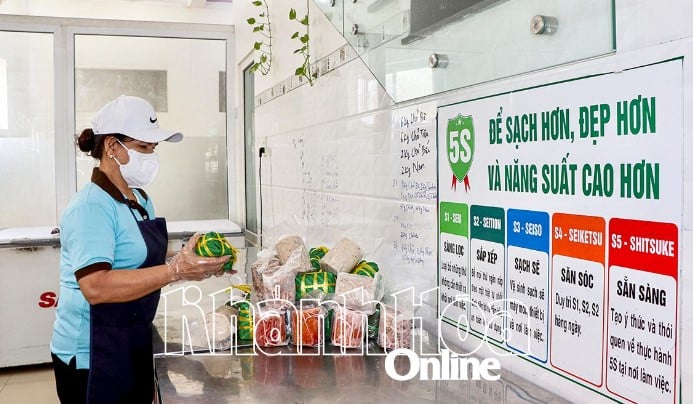

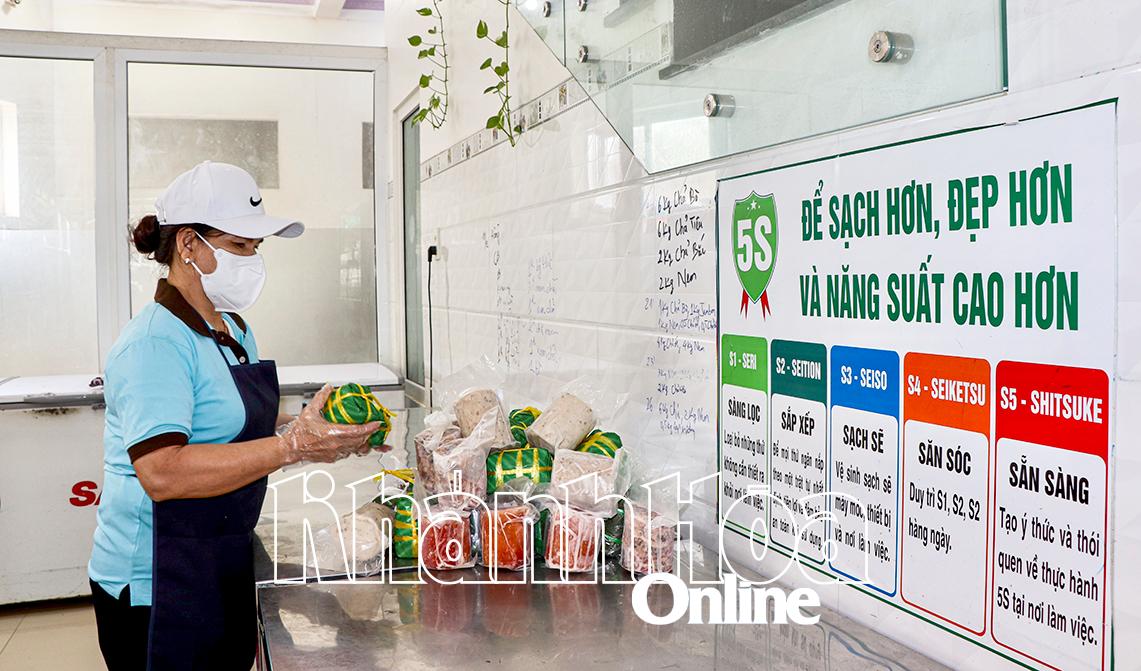
Comment (0)